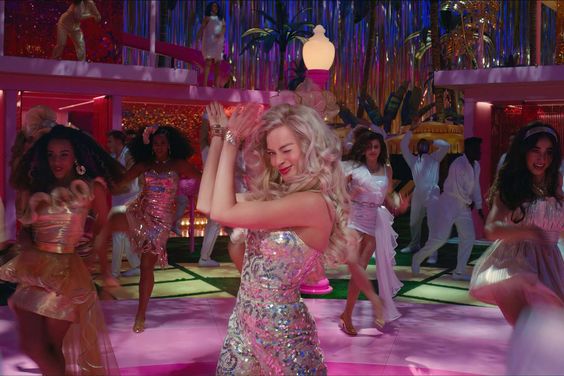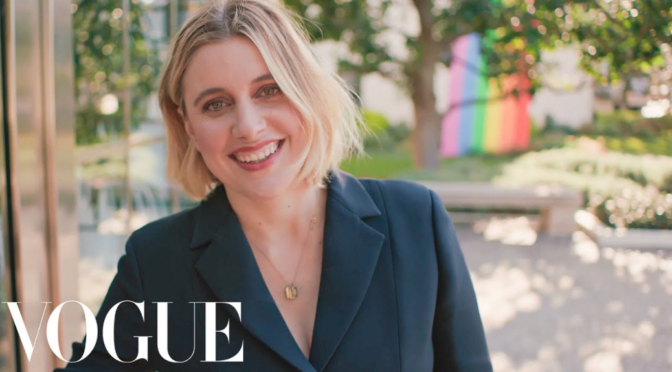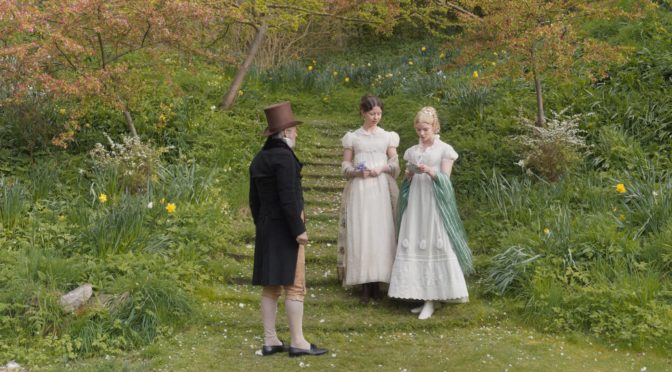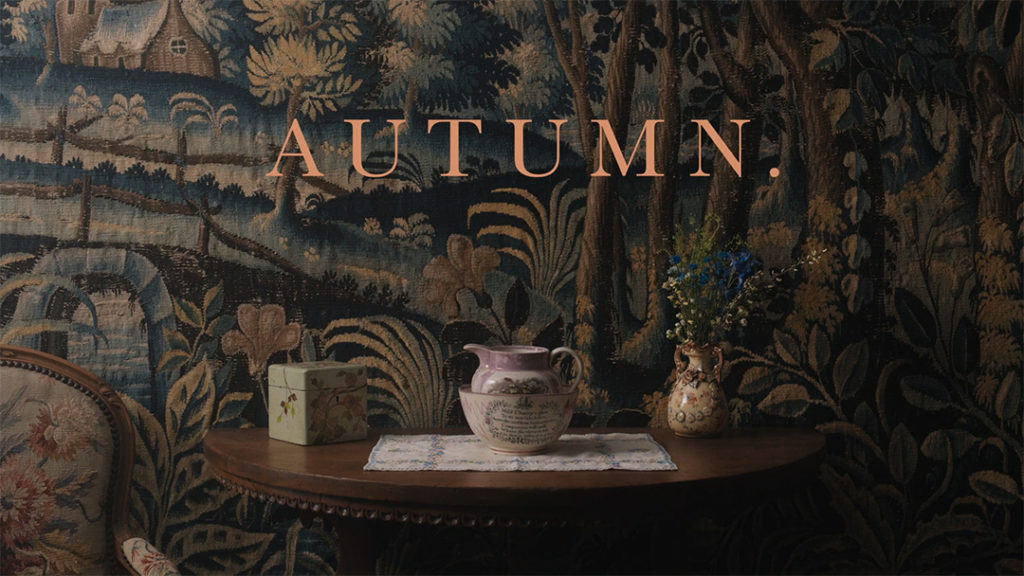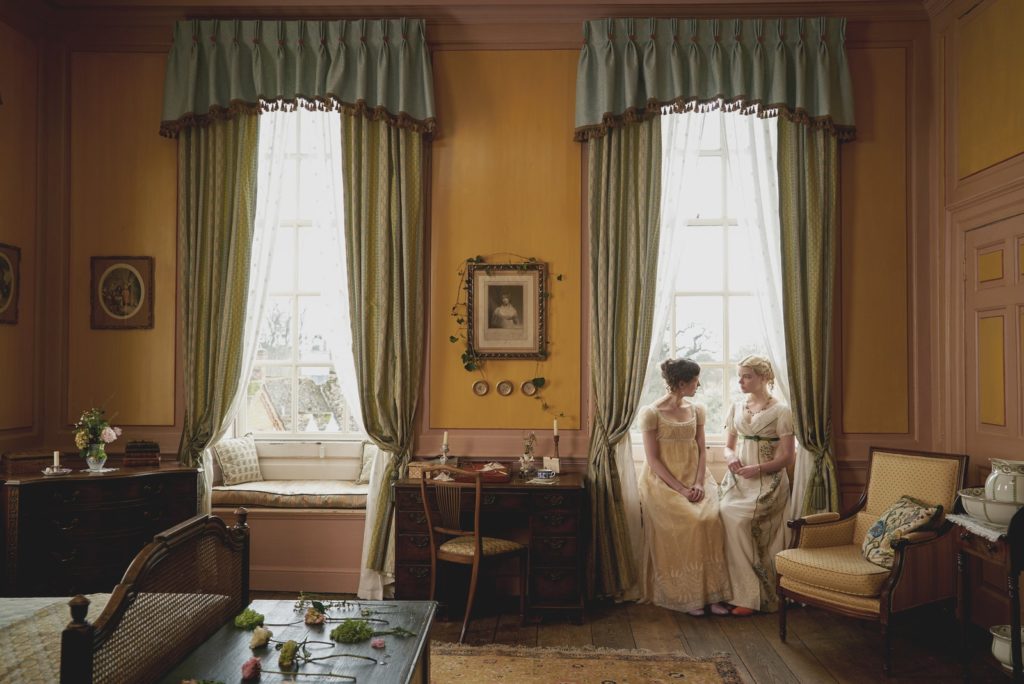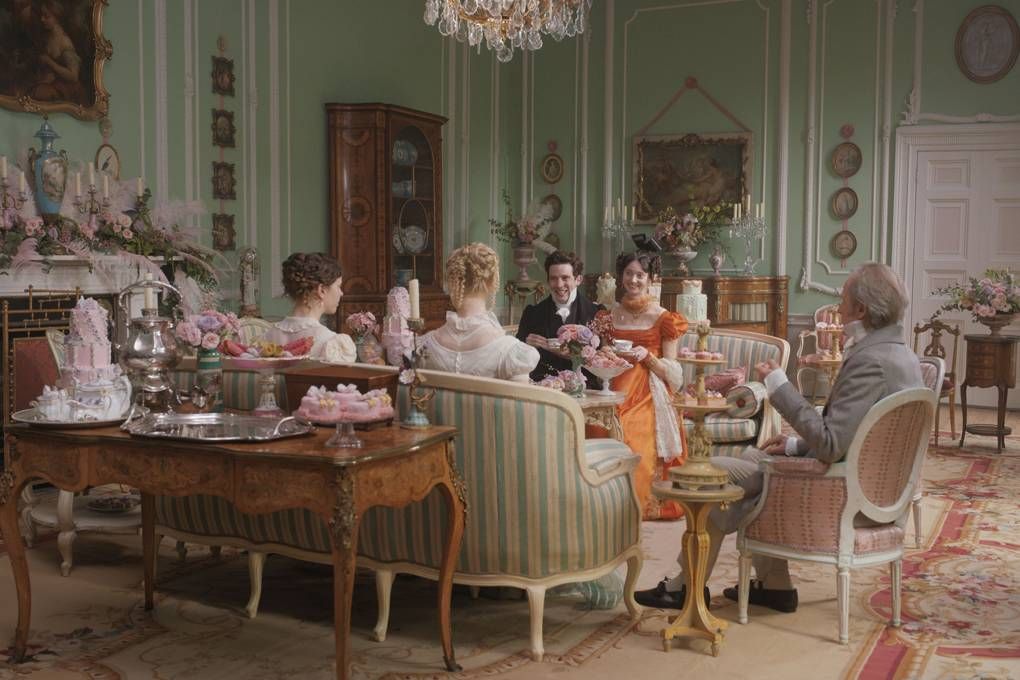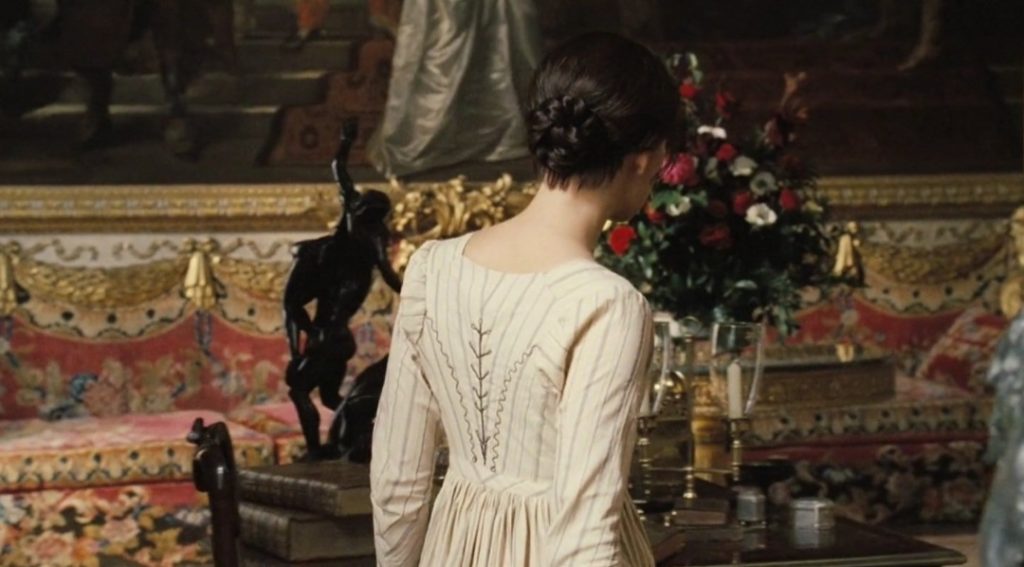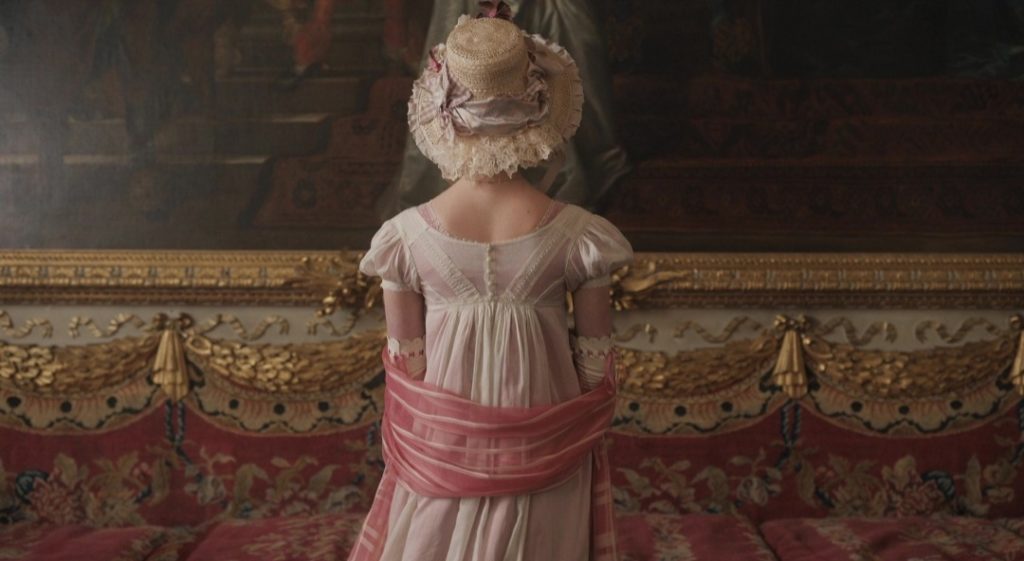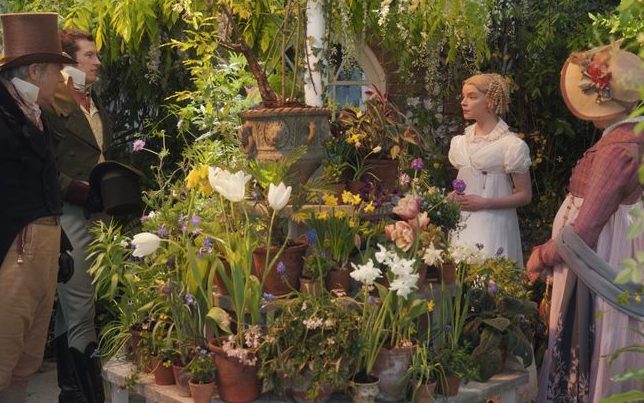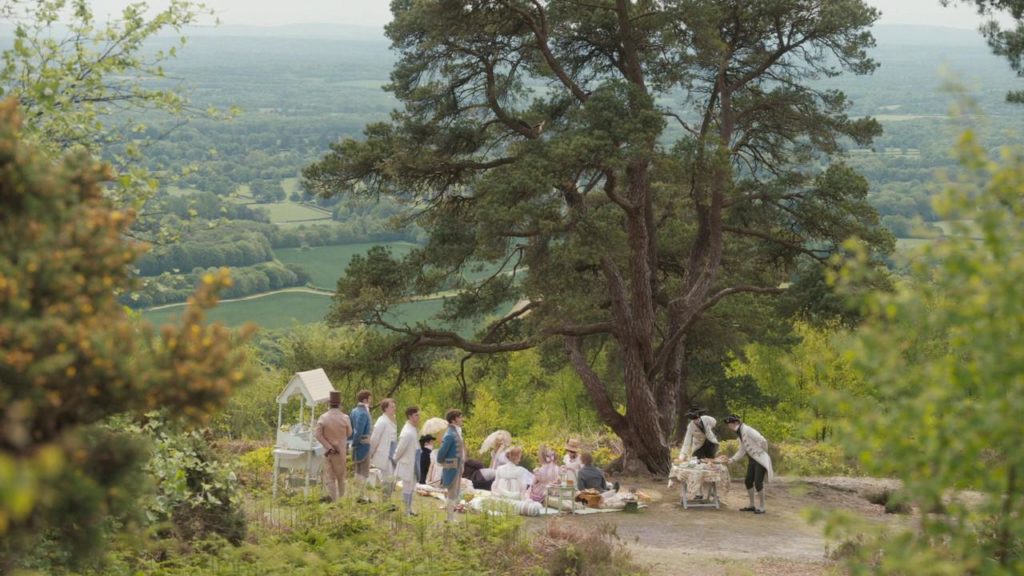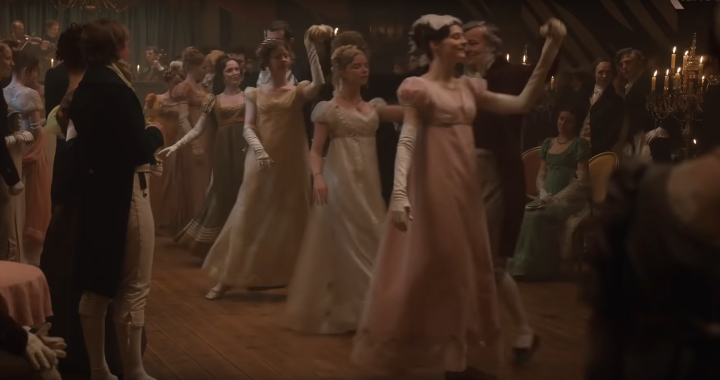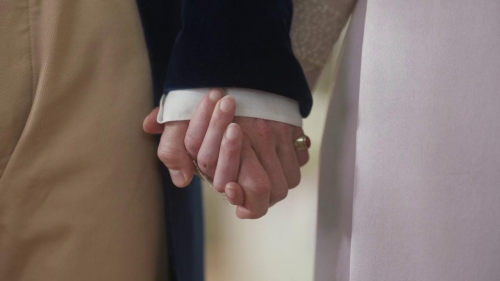Lately talking about movies has become talking about Barbie (2023, Greta Gerwig). People always ask each other if they’ve seen it and what they think about it. The same happens with Oppenheimer (2023, Christopher Nolan) but, as a person who has not seen either one or the other, I noticed that Barbie gets people talking a lot more. Maybe it’s because of all the advertising before and after the release, but it’s more likely because the whole thing became a massive pop phenomenon, which has taken up spaces very far from the field of cinema.
When I listen to people talking about it, friends or classmates, I notice that, even when they didn’t like the film, they discuss a list of ‘iconic’ scenes. Everyone somehow has their own personal list of scenes they can’t forget. Usually, when they start to discuss, they ask each other if they were both stunned by Margot Robbie when she etc. etc. At that point I admit that I try to think about something else, since I don’t want spoilers…
So far, I’ve heard more expectations disappointed than satisfied and the criticism I heard more often is that the movie is too superficial and doesn’t deal with certain topics taking up the right amount of space. The tendency of people who think this is to dismiss it as a failure, a bold but ultimately ineffective attempt. From the outside, I had a very different idea of the situation and I think that Greta Gerwig, the director, is a genius.
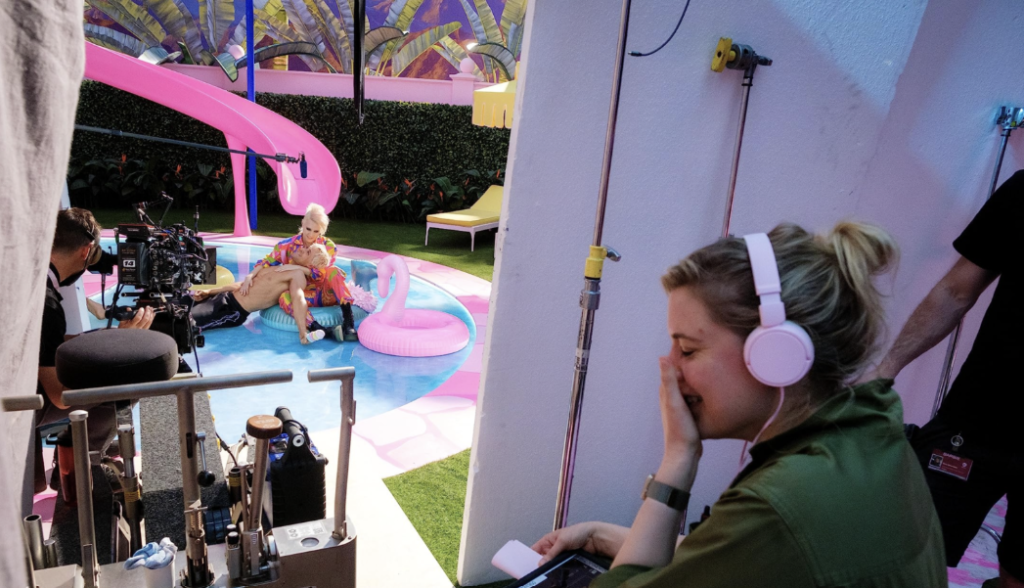
To demonstrate this, however, we must take a step back and watch a Gerwig’s interview back in 2020. At the time, Vogue asked her an interview for the 73 questions miniseries on YouTube. That’s a successful format in which Joe Sabia wanders into the house of a famous woman and, while they have a coffee or she prepares to leave and take an intercontinental flight, he asks her a series of questions about her life and personal taste. The questions usually go from a serious to a joking tone and the women have very little time to answer (the final product has no cuts: it’s a continuous shot that usually lasts 8-9 minutes and the total questions, as the title indicates, are 73 , so 9 questions per minute on average). It’s a very dynamic format, which gives the audience an idea of familiarity, first of all because it’s filmed in the interviewee’s home and she’s doing everyday actions (such as preparing a coffee or apologizing for a pile of books on the counter) and also because the questions are asked in a pressing manner, causing haste, giving the idea that the person is in a rush and busy with other actions and, as a consequence, giving more sincere answers.
The truth is that the interviews are made to promote an upcoming film or music album and the houses are presented as if they came directly from the pages of a specialized magazine (so much so that indeed a well-known magazine, Architectural Digest, has a similar series on YouTube, Open doors, with famous people’s house tours). The interviewed has probably rehearsed the tour with their publicists a few times and have been instructed on what to say and how to say it (and hopefully not repeat Dakota Johnson’s mistake with the limes). All this context is useful to analyze Greta Gerwig’s interview and the idea of herself that she wants to convey in those sixteen minutes of chat. A very precise idea, it must be said.
The video dates back to January 30, 2020 and has clear advertising purposes. Little Women, a film adaptation by Gerwig of Louisa May Alcott’s 1868 novel, was released in the United States on 25 December 2019, but was distributed in many countries overseas starting from 30 January 2020. Except for the first question, the initial two minutes are only about that movie and, in general, Gerwig uses the film throughout the interview to answer the more technical questions about her work as a director. In total, out of 73 questions, 11 concern the movie directly and at least as many talk about it indirectly, because the conversation often focuses on the profession of a movie director.
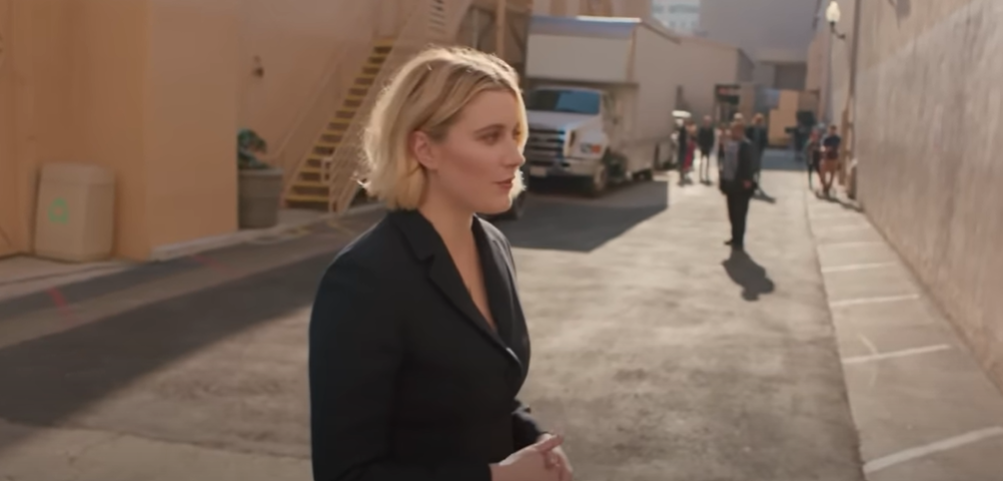
The first thing that catches the eye, for those who know the series, is that Greta Gerwig’s video was not shot in her home, but in Sony’s Studios in LA. Before her, only Anna Wintour, editor of Vogue, had been filmed in her office, in the magazine’s New York headquarters, as if the public could follow her on a normal Monday morning (or in a spin-off of The Devil Wears Prada). The conversation begins indeed with a question about why the chat is being filmed there and the answer is that Gerwig has to go to a Sony’s screening and will give the interviewer just as long as it takes to get to the right studio. It’s a beginning that already says a lot: it presents the director as really busy, in the middle of a break. Sometimes you can even see her hurrying the interviewer after they stopped in one place for too long or even steal a golf card to go faster.
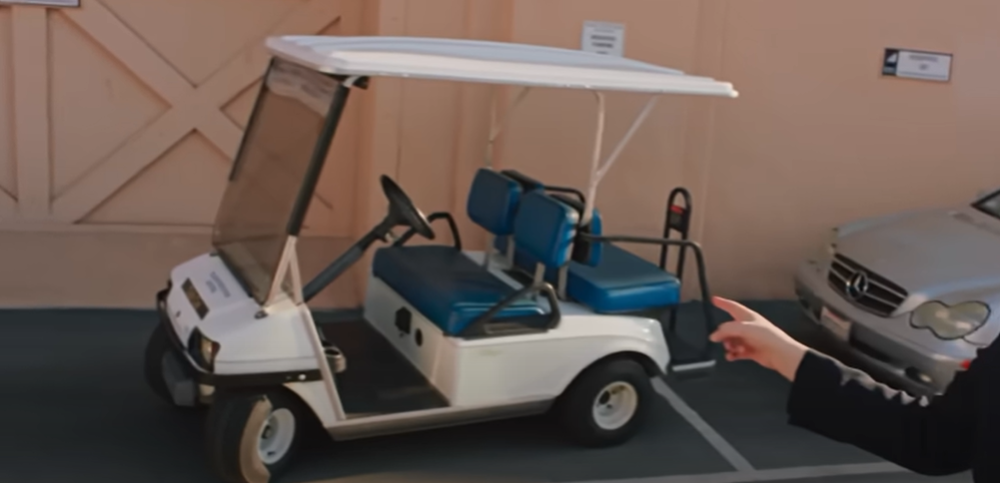
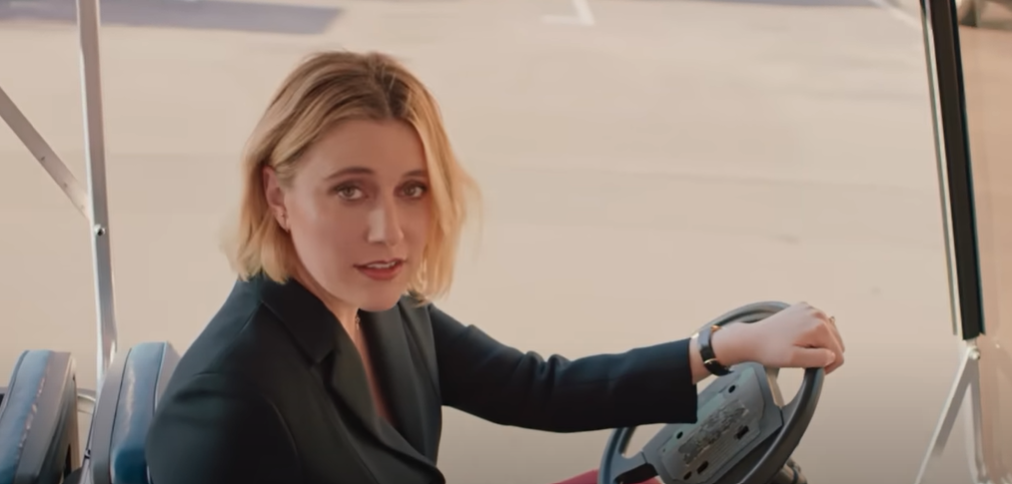
Since the series was created to show the protagonists’ homes, it’s striking that the video is set elsewhere and suggests that it means something. Also, the other interviewees in this series often try to be relatable, talking about aspects of their private lives that show how they are, after all, real people. In Gerwig’s video that element is more in how she presents herself, in the way she responds, how she looks into the camera, how she gesticulates and gets confused when she speaks too quickly. Greta is a woman like many others, who binge watches Love Island UK and has seen Singing in the Rain a thousand times. At the same time. she precisely outlines her ambitions. Sometimes she responds with irony, making an irreverent joke, but if we look carefully we can see that she’s always kinda hiding something, a very specific vision. For example, when the interviewer asks her if she would make another film based on a book, she replies that she would like to adapt the Bible… but from the point of view of all women.
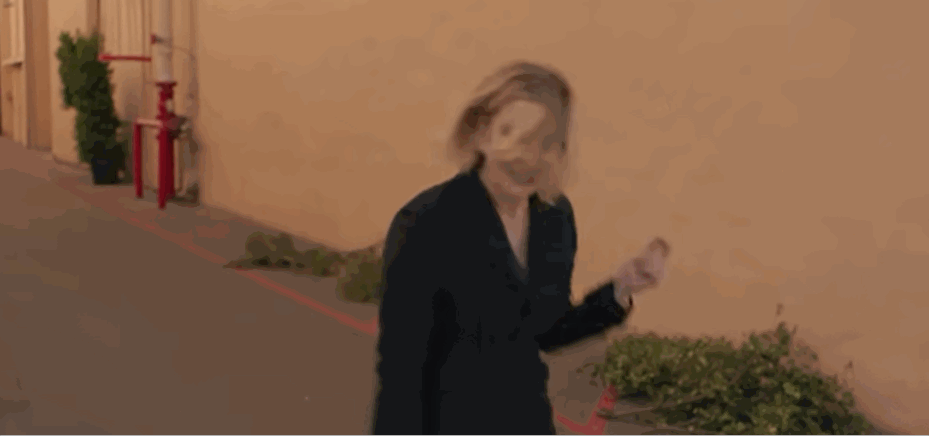
The references to her private life are minimal and all at the end: at minute twelve she’s asked what she observed during her first year of motherhood and Gerwig makes a general observation about newborns. Shortly afterwards, when she mentions her partner, she calls him by his first and last name, Noah Baumbach, without specifying their romantic relationship, introducing him only as her collaborator. She mentions him twice in total, at minute thirteen and shortly after (calling him just ‘Noah’), for the rest, the interview talks only about her, not as a woman, but precisely as a director. It seems that the idea behind it is to give Gerwig the credibility of a job that is usually a male one.
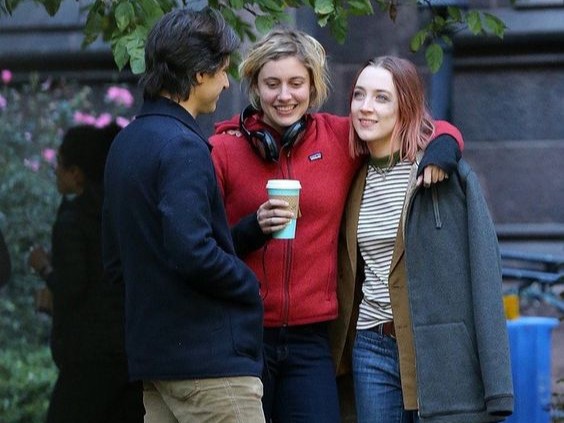
The interviewer is full of questions about what’s the best scene she has ever directed, what’s the most difficult aspect to capture on camera, what are her future plans. She answers in an articulate and passionate way, showing that she’s thought a lot about those things. An important moment to get something out of the chat is when she’s asked a few simple questions about who her favorite authors are. Gerwig outlines a precise constellation: Virginia Wolf, Joan Didion, Jane Austen. Her answers show she knows the great female authors of the past, but she’s also able to see their weaknesses (she criticizes Austen for the expectations she created in her teenage life regarding men and relationships) or use them as a basis to say something to the audience of the present (especially with her Alcott’s adaptation, Little Women). Her project, it’s clear, goes beyond the promotion of her latest movie and this can be seen very well in three key moments. The first one is when she talks about Virginia Wolf:
<what I love about her… so many things… I love her writing, but also, she was included in the canon because she was just better than anyone… And I feel like they thought ‘Oh, well, that lady… she’s a lady, but she’s really great.>
Later when she’s asked why it’s important for her to have a certain style in the way she dresses when working as a director, she says:
<to communicate all of my power (chuckling)>
Finally, when she has to say what she would like to be asked more frequently in interviews:
<I would… I hope to get asked more… I mean it would to also correspond with my life. I hope somebody asked me ‘What does it feel, like, to win so many Oscars?’>.
She has a plan to greatness, a more or less veiled one, something that she’s pondering from afar in that moment, but which she sees as tangible and declares proudly at the end of the video, to answer the classic question about future projects:
<I’ll be writing a picture about Barbie. A Barbie picture.>

To understand why this sixteen-minute video is so relevant to analyze what Greta Gerwig managed to do, I need to reconstruct the context. At the time, the director had already achieved a certain popularity, thanks to the success of her first solo feature film, Lady Bird, which in 2018 had received 5 Oscar nominations (best film, best director, best original screenplay, best leading actress and best supporting actress), without winning any. The film had grossed eight times the production costs, for an estimated total of more than 80 million dollars, and had marked Greta Gerwig’s transition from the environment of American indie cinema, where she started, to Hollywood; which brings us back to Little Women, produced by Columbia Picture, part of Sony Picture, one of the largest American production companies.
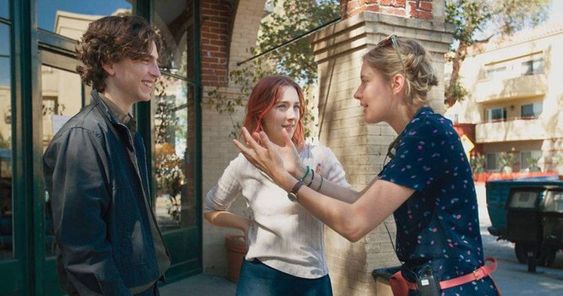
Little Women had a budget of 40 million dollars, 30 more than Lady Bird, and grossed 218 million, an increase of 173% compared to the previous film. The work was fundamental in consolidating Gerwig’s position as a filmmaker on the American scene. In fact, although it was, as many said when it was about to be released, the last adaptation of a long series, it established itself on the market successfully. Women of all ages ran to see it (either because it was released on Christmas, or because they were huge fans of the book already) and the film received 6 Oscar nominations (best film, best leading actress, best supporting actress, best non-original screenplay, best costumes and best soundtrack), winning however only for best costumes.
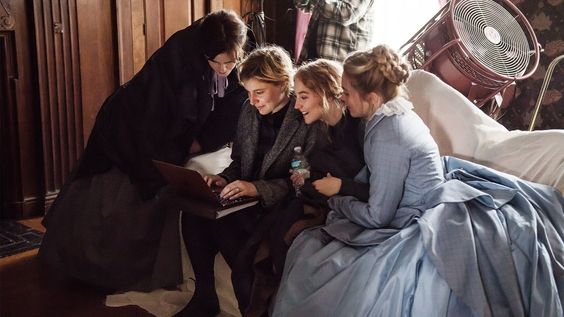
If Lady Bird was made to speak to a more specific audience (and, let’s be honest, it spoke so frankly to it, that we almost saw Saoirse Ronan look into the camera like Fleabag), this other film had the potential to reach a much larger audience and was successful in doing so. The nostalgic element played a role at the box office for sure, in the choice of the theatrical release period. The film was released on December 25, 2019 in the United States, probably focusing on the fact that there was a part of the movie set during Christmas time (used indeed for a series of trailers that showed this would be the perfect film to watch during the holidays). Furthermore, the choice of the cast was also tempting and succeeded in a transversal way: you could see the movie with your aunt (who was a super fan of Meryl Streep), your best friend (who wanted to be born Emma Watson), your sister (in love with Timothée Chalamet), your mother (crazy for Laura Dern) and last but not least, you could pretend something else, but you’d have been there just for Louis Garrel (there was little to be done… she got it right for any of us). These were only the rehearsals for the ‘Barbie operation’, but they were fundamental both for Gerwig as a director (who, among other things, directed the movie during a pregnancy) and for the production companies as an investment.
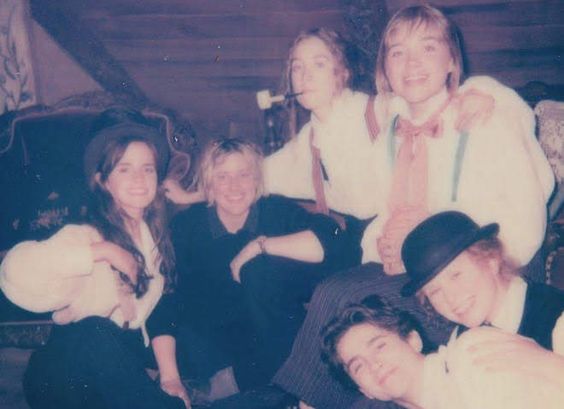
Regardless of all these, the truth is that the book itself is written for a very broad audience, from early childhood to adulthood. The story is about four very different sisters and every woman can recognize herself in one of them; just as she can see similarities between her own mother and the one of the story (a thing already present in Lady Bird which, not surprisingly, was supposed to be called Mothers and Daughters). I remember that when it came out some of my friends debated who-looked-like-who, also to see if their ideas had changed since they had read the book. Despite being set in the Nineteenth Century, it’s easy to find a piece of you in Jo, in Meg, in Amy and in Beth and Greta Gerwig did a movie to remind us that. A great choice, in terms of adaptation, consists in the fact that the protagonist of the film is played by Saoirse Ronan, a detail that creates a unique fil rouge with Lady Bird, where she played the main character as well. Ronan is for Gerwig what Jesse Eisenberg or Owen Wilson were for Woody Allen, an actor’s alter ego when someone who’s both a director and a actor wants to focus on the first part of the duo.
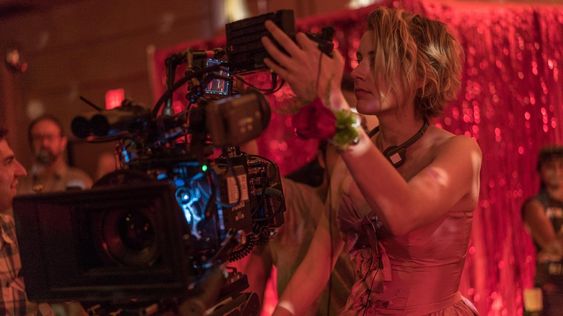
An important issue in Greta Gerwig’s cinema is recognition. Even when she made her very first low-budget indie films, like Hannah takes the stairs (2007, Joe Swamberg) she wrote her characters with this idea. Critics already said back then her movies were about a generation and she herself acted in them and gave substance to those sensations. Gerwig indeed became famous as one of the best actresses of her generation, with performances such as that of 20th Century women (2016, Mike Mills). The combination of her career as an actress and that of a screenwriter was the key with which she managed to open the doors that led her to Barbie. Greta, with her characters, managed to be recognisable, visible, both as an actress and as a screenwriter. The union of these two aspects was fundamental: she had agency as an artist, she wasn’t just a performer. That put her in a dominant position within the industry.
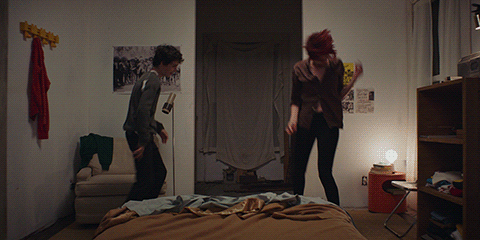
This is why Frances Ha (2012, Noah Baumbach) will be studied in the future as a cornerstone of American indie cinema and a turning point in Gerwig’s (and Baumbach’s) career. Greta Gerwig is already in the canon with that film. The influence that her cinema has had and will have on an entire generation of filmmakers is already on the table. The vulnerability of her character, as well as some specific directorial choices, gave birth to a small masterpiece. Frances Ha is the highest point (so far at least) of the Gerwig-Baumbach artistic collaboration, which began with Greenberg (2010, Baumbach) and continued with Mistress America (2015, Baumbach) and White Noise (2022, Baumbach), ending with Barbie (2023, Gerwig) which he co-write. Both coming from the American indie cinema environment, the two met as actress and director, and then began writing screenplays together and achieved popularity more or less at the same time. Baumbach had a certain fame before collaborating with Gerwig, so much so that he had already worked with actresses like Nicole Kidman, but he achieved international success at the same time. This is demonstrated by the fact that the two showed up at the 2020 Oscar ceremony with 6 nominations each for separate projects.
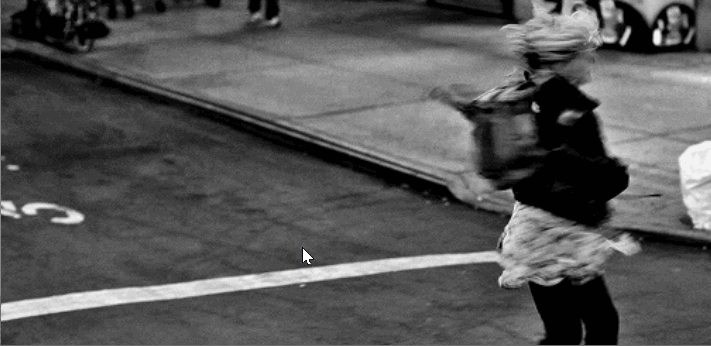
The boost that the collaboration with Baumbach gave to Gerwig’s career is undeniable, but the opposite is also true. That said, Greta Gerwig is analyzable alone. Her work has maintained constants over time both in the themes and in the approach to them. The idea of giving space to a different representation of reality, of giving substance to experiences that had not yet found representation in cinema, whether indie or mainstream (with the exception of the work of Sofia Coppola), is what has remained constant since Hannah takes the stairs to Barbie. Gerwig worked for herself, but she worked for everyone, creating a space for different voices, questioning an all-male canon, in cinema as in literature (to return to the interview and the moment in which she talks about Virgina Wolf). It was not just about characters, but also about working figures in the sector. The space that she actually managed to create is undeniable: Barbie. Barbie is not ‘only’ the most profitable film of 2023, with more than one billion four hundred thousand dollars grossed, but a true pop culture phenomenon.
Greta Gerwig arrived in the cinema industry with some other young dreamers, making small films all improvised, and twenty years later we find her in triumph with the most successful film of the world. How did she do that? Remaining loyal to the idea of creating a space for recognition, for herself and for her audience, a place where a woman anywhere in the world and of any age could say that she understood what Greta Gerwig was trying to tell her. What more iconic object for this undertaking than the doll all women in the world had growing up with? I just find genius in this. Not to mention the fact that after such a phenomenon it’ll be much easier for a female director to find space in the industry. Many producers’ll want to exploit the wave of success of Barbie and will invest much more in stories that explore the dark side of the moon.
Greta Gerwig is Virginia Wolf: she’s a lady but she’s really great.
Costanza Rossi
